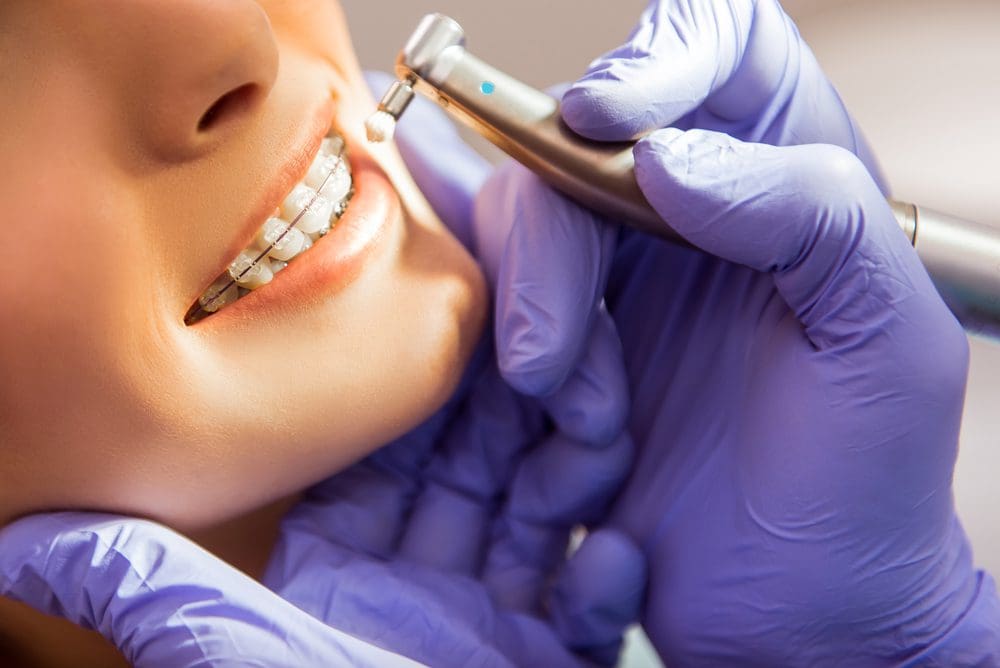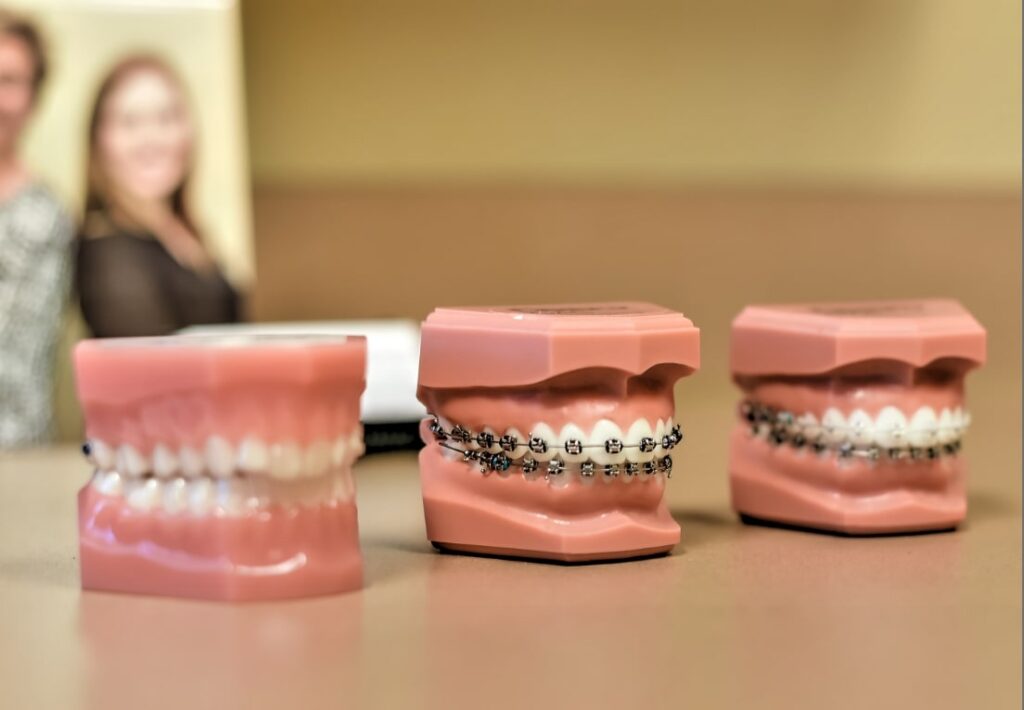What Sets Cumming Braces and Aligners Aside From Various Other Orthodontic Treatments
What Sets Cumming Braces and Aligners Aside From Various Other Orthodontic Treatments
Blog Article
Comprehensive Guide to Orthodontics Treatments for Fixing Oral Imbalances
In the realm of orthodontics, the trip to accomplishing a completely lined up smile includes a myriad of procedures customized to fix dental misalignments. From typical dental braces to unseen aligners and also surgical choices, the field of orthodontics supplies a variety of services to attend to varying degrees of dental irregularities. Recognizing the details of each treatment, including their devices, advantages, and potential disadvantages, is crucial in making educated decisions about one's orthodontic treatment. As we browse through the thorough guide to orthodontic procedures for fixing dental imbalances, the detailed information of each technique will unfold, clarifying the course toward a harmonious and functional oral alignment.
Orthodontic Procedures Review

In addition to clear aligners and conventional dental braces, orthodontists might likewise advise other interventions like headwear, palatal expanders, or retainers to address particular placement concerns (cumming orthodontist). These treatments are customized per client's distinct requirements and may include a combination of therapies to accomplish the preferred outcomes. Regular adjustments and monitoring are crucial parts of orthodontic therapy to make certain progression gets on track and to make any type of necessary alterations in the process. By undertaking orthodontic procedures, people can not just attain a straighter smile yet also boost their overall oral health and feature.
Typical Dental Braces: Just How They Function
When thinking about orthodontic therapies for oral misalignments, conventional braces stand out as a tried and true approach for fixing teeth positioning. Standard braces consist of brackets, wires, and bands that function together to use continual stress on the teeth, slowly relocating them into the wanted positioning.
As pressure is applied to the teeth with the dental braces, the bone surrounding the teeth is reshaped to sustain the brand-new tooth settings. Patients will certainly need routine changes at the orthodontist's office to make certain the braces proceed to use the correct stress for effective teeth movement.
Undetectable Aligners: Benefits And Drawbacks
Unseen aligners offer a discreet and hassle-free alternative to traditional braces for remedying oral misalignments. These clear, customized trays are virtually unseen when put on, making them an attractive alternative for individuals seeking a much more aesthetically pleasing orthodontic treatment. Among the main benefits of unnoticeable aligners is their removability, permitting for much easier upkeep of oral health contrasted to standard braces. Patients can eliminate the aligners before eating or brushing their teeth, decreasing the threat of food obtaining stuck in the device and simplifying the cleansing process.

Surgical Orthodontic Options
Surgical treatments in orthodontics existing sensible choices for attending to intricate dental misalignments that might not be find out successfully settled with conventional orthodontic treatments. While invisible aligners and conventional dental braces can remedy many orthodontic concerns, certain situations call for medical intervention to attain ideal outcomes. Surgical orthodontic alternatives are generally suggested for serious malocclusions, significant jaw disparities, and situations where the underlying bone structure needs adjustment to attain correct positioning.
One common medical orthodontic treatment is orthognathic surgical procedure, which entails rearranging the jaws to deal with functional concerns such as problem eating or speaking. This surgical treatment is typically done in partnership with an orthodontist who aids line up the teeth before and after the treatment. Surgical orthodontics may likewise include treatments to expose affected teeth, eliminate excess gum tissue, or reshape the jawbone to produce a much more harmonious facial profile.
Before considering surgical orthodontic choices, individuals undergo an extensive analysis to identify the necessity and possible benefits of such treatments. cumming braces. While surgery might seem challenging, it can dramatically improve both the feature and aesthetics of the smile in instances where standard orthodontic treatments fail
Retainers and Post-Treatment Treatment

Failing to comply with post-treatment treatment directions can result in regression, where the teeth slowly relocate back in the direction of their initial placements. Consistent retainer wear, great oral hygiene, and regular dental examinations are necessary for maintaining the outcomes accomplished via orthodontic surgery and guaranteeing the lasting stability of the dealt with oral placement.
Final Thought
In final thought, orthodontic procedures offer various options for fixing oral imbalances. Standard braces utilize steel braces and wires to shift teeth into proper alignment. Unnoticeable aligners provide an even more discreet choice but might not appropriate for all situations. Surgical orthodontic alternatives are available for much more severe imbalances. Retainers are generally used post-treatment to preserve the brand-new placement. In general, orthodontic procedures can successfully boost dental health and visual appearance.
As we navigate with the comprehensive guide to orthodontic treatments for dealing with dental imbalances, the elaborate details of each method will unravel, dropping light on the path towards a useful and harmonious dental alignment. - cumming orthodontist
One Get More Info of the most common orthodontic therapies is the use of dental braces, which consist of metal brackets and wires that use mild stress to progressively change teeth right into the desired position.When taking into consideration orthodontic therapies for dental imbalances, standard braces stand out as a time-tested method for fixing teeth positioning. Additionally, undetectable aligners might not be suitable for intricate orthodontic issues that call for even more considerable teeth movement, as they are normally recommended for mild to modest situations. Retainers are personalized orthodontic tools designed to hold teeth in their corrected positions after the conclusion of orthodontic treatment.
Report this page